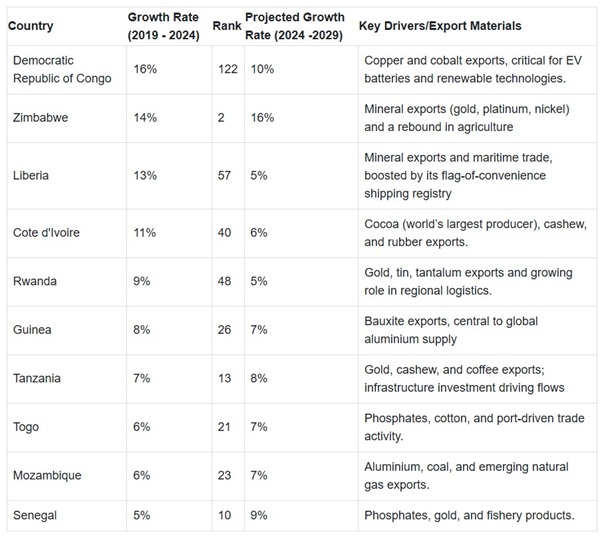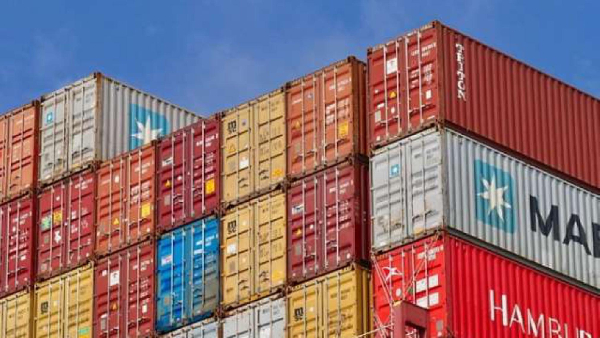Against the backdrop of shifting dynamics in global trade, several African nations have positioned themselves among the world’s fastest-growing trading economies, according to the DHL Trade Atlas 2025.
The report highlights the rising prominence of these countries as key hubs for international trade and investment.
While major economies such as China and the United States continue to dominate overall trade volumes, contributing 18 percent and 14 percent respectively to global trade growth over the past five years.
Countries including the Democratic Republic of the Congo, Zimbabwe, Liberia and Côte d’Ivoire recorded double-digit trade growth between 2019 and 2024, driven by rising global demand for minerals, agricultural commodities, and shipping services.
The DHL Trade Atlas 2025 identifies African economies as among the fastest risers, driven more by trade growth rates than by economic size.
These countries are leveraging vast natural resources, improved logistics, and regional integration to expand their global footprint.
Revising minimum capital rule may hurt local businesses – Economist
Looking ahead, Sub-Saharan Africa’s trade is projected to grow at a compound annual growth rate (CAGR) of 5.3 percent between 2024 and 2029 — a sharp acceleration compared to the 0.8 percent CAGR recorded between 2019 and 2024.
This momentum positions the continent as one of the most dynamic forces in the ongoing reshaping of global supply chains.
Africa’s Trade Opportunities and Vulnerabilities
As the continent positions itself at the heart of the green energy transition, Africa is emerging as a key supplier of critical minerals such as cobalt, copper, bauxite, and manganese, essential for electric vehicles, renewable technologies, and electronics.
At the same time, it is consolidating its role in global food systems, exporting cocoa, cashew, grains, and fisheries that are increasingly vital to food security in Europe, Asia, and the Middle East.
Despite the growth, risks remain.
Many of Africa’s fastest-growing trading nations remain heavily reliant on raw material exports, leaving them exposed to commodity price volatility.
According to the International Growth Centre, transport costs in Africa are up to five times higher per unit distance than in the United States, while Freight News estimates that logistics costs remain 40–60 percent above the global average.
Climate shocks present further risks. A recent multilateral report indicates that more than 90 million people in eastern and southern Africa face hunger due to prolonged droughts, with Zimbabwe alone recording a 70 percent decline in its corn harvest.
Global Context: Scale vs Speed
While China and the United States remain the world’s largest trading economies, their growth has slowed, ranking only 72nd and 77th in trade growth speed between 2019 and 2024. Yet their scale still accounted for nearly one-third of global trade growth.
India, the world’s 13th largest trading economy, grew at a CAGR of 5.2 percent in the same period, making it the third-largest contributor to global trade growth.
Africa mirrors this shift. Though starting from smaller bases, several African economies are now among the fastest-growing globally, reshaping trade patterns despite lower absolute volumes.
Digital trade adds momentum. UNCTAD reports international e-commerce grew from $1.9 trillion in 2016 to $2.9 trillion in 2022, a trend expected to accelerate.
This creates new opportunities for African firms to access global markets without heavy infrastructure costs.
From supplying critical minerals for clean energy to exporting food and industrial inputs, Africa’s growing role is evident—powering electric vehicles in Europe, feeding households in the Middle East, and supplying factories in Asia.

